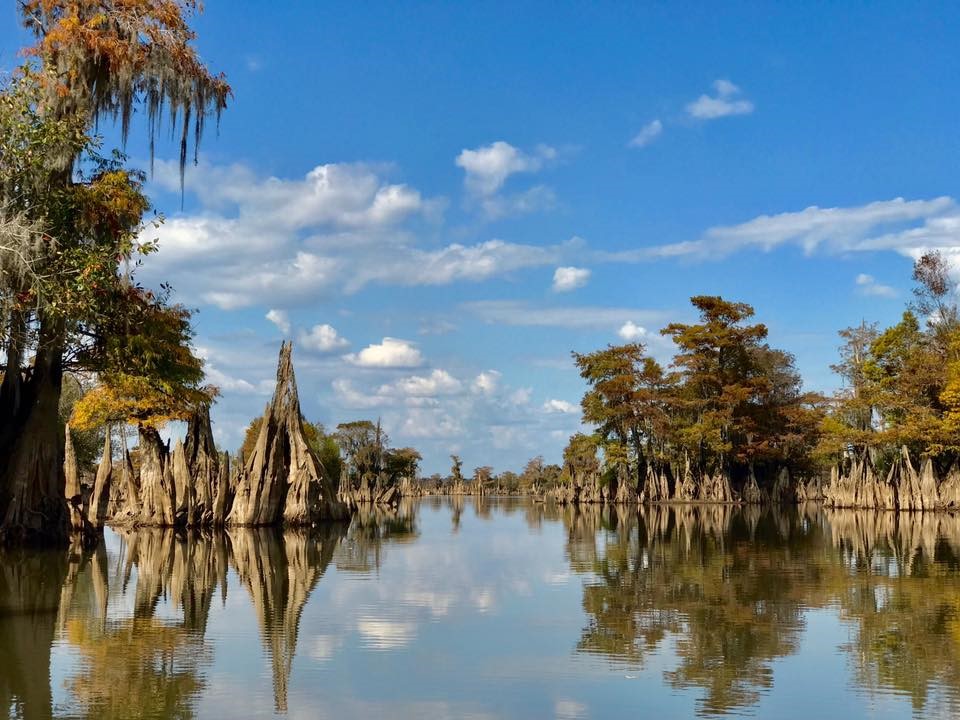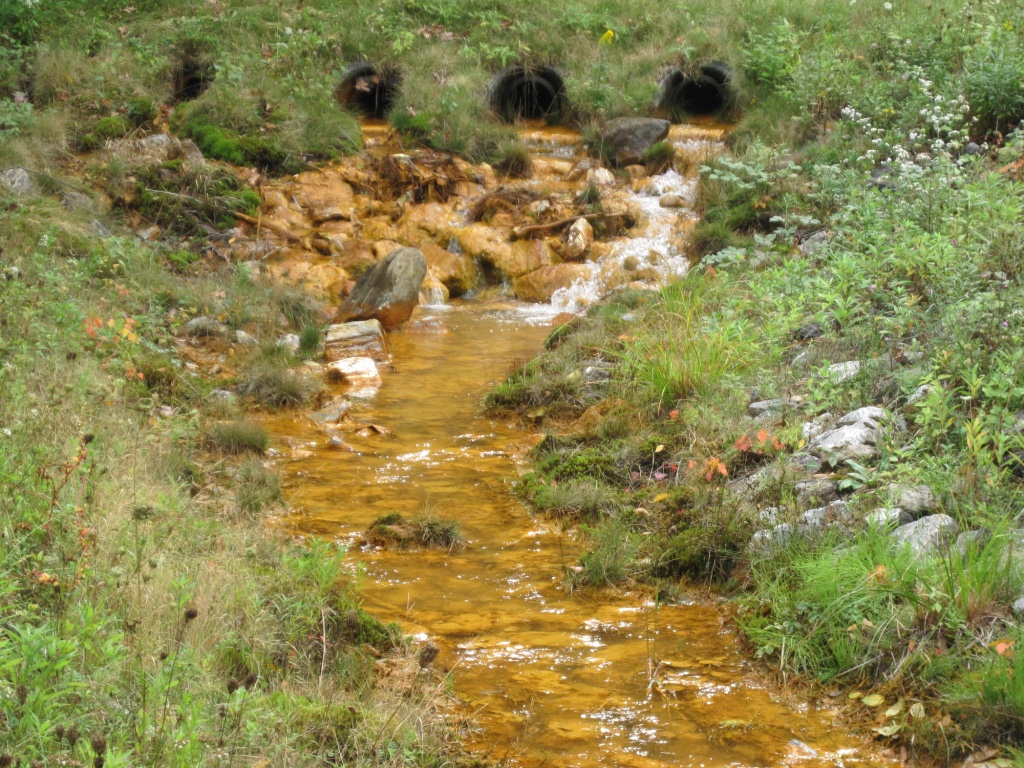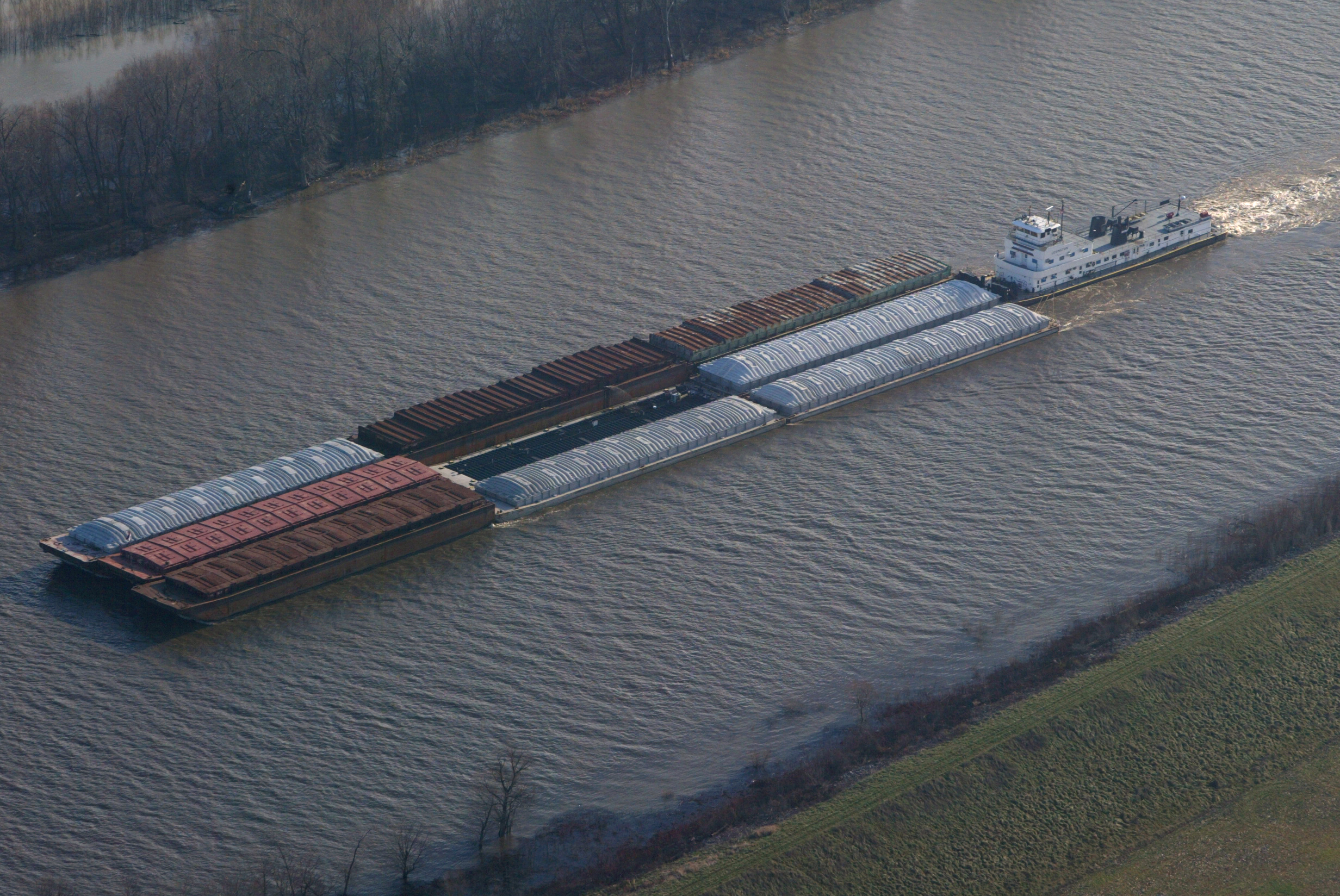The Mississippi River. Brought to you by…

Protecting a National Treasure
April 28, 2017
Protecting Our Environment in the Age of Trump – How Our Environmental Laws Have Failed Us And What We Can Do About It.
December 7, 2017By Olivia Dorothy, American Rivers
This summer, President Trump began unveiling his infrastructure plan. His proposal appears to rely heavily on privatizing transportation sectors, like turning over air traffic control to private companies and leveraging private dollars, like tolls, municipal bonds, and other user fees, to finance the projects. What does this mean for rivers? A river, by its nature, is a public resource. While barges and boats may cruise along transporting a variety of goods, rivers also provide drinking water for communities, habitat for fish and wildlife, recreation opportunities for families, and countless other services people rely on. So, when we talk about privatizing the transportation infrastructure on rivers, like the locks, dams, channels, and ports, how will that impact the river ecosystems and the other services that rely on a healthy, functioning river?
What has been proposed? The president has also called for the navigation industry to pitch in more to finance the construction of lock and dam projects, though the mechanisms for that financing have not been released. There is already a private-public partnership in place to finance navigation infrastructure. The Inland Waterway System is the network of U.S. rivers that support shipping; they are highways for barges. And like highways, the infrastructure is supported by a fuel tax on towboats. But, unlike the fuel tax to support highways that pays for the majority of the road and bridge projects built nationwide, the waterways fuel tax pays less than 10 percent of the cost to construct, operate and maintain the waterway system. The Inland Waterway System is by far our nation’s most heavily subsidized mode of transportation by percent.
The fuel tax that is paid by shippers (and similarly airline passengers and truck and auto drivers) is a private investment, as the infrastructure users are directly financing the infrastructure costs. This straightforward strategy is a good way to raise private money while keeping the control and oversight of infrastructure projects firmly in the grasp of the federal government.
There are many benefits to financing infrastructure this way. Namely, the federal government’s project planning processes are open to public scrutiny to ensure projects are in the public interest and do not cause undo environmental harm. However, the drawback of this financing method is that the trust funds where the user fees are stored are frequently ransacked by Congress to cover other, unrelated budget shortfalls. So, the user fees are not always invested back into the infrastructure.
Both the time it takes to plan and execute federal projects and the risk of underfunding infrastructure needs because the funds have been raided has led some industries to call for a new public-private arrangement. What does this mean for rivers?
Navigation is economically important on some rivers, but in many places, the heavily subsidized navigation projects were built on shaky economic studies and continue to perform poorly. Since the Inland Waterway System is a primary driver of river ecosystem degradation across the country. Dams, dredging and other activities that support navigation have significant impacts on river ecosystem. So, we should be having conversations about retiring little-used infrastructure and improving that which remains. But it’s almost impossible to have a conversation with shippers about closing uneconomical portions of the Inland Waterway System to restore rivers because the heavy public subsidies mean there is no economic incentive for them to think critically about it.
Increasing private investments for inland waterway infrastructure could actually be a good thing and critical to advancing meaningful dialogue about river restoration, especially on the nation’s largest rivers. But, will a new public – private arrangement get us there? Probably not.
Unfortunately, under most new privatization plans we’ve seen to date, the burden of paying for the inland waterway infrastructure just shifts from federal taxpayers to state taxpayers instead of private shipping companies. This is because the inland waterway shippers are loath to increase their fuel tax and staunchly against imposing user fees at locks.
Just a few years ago, stakeholders discussed privatizing the Illinois River. The Illinois Soybean Association put together a privatization proposal [link to https://www.americanrivers.org/2016/01/congress-plan-privatize-rivers/] to finance new locks for the river’s aging dams. The proposal outlined a plan to issue municipal bonds to finance the project upfront. The bonds would then be paid off by instituting user fees on a host of secondary users of the navigation pool including recreational paddlers. You heard me right, new locks on the Illinois River would be paid for by recreational paddlers, not the barge operators who benefit economically from the subsidized system.
Local bonds can also be paid off by increasing property or sales taxes, hiking water utility rates, or through a straight cash infusion from the state’s general treasury.
Ideally, bonds would be paid off by lockage fees or tariffs on goods shipped, but like I mentioned above, those methods are strongly opposed by the shipping industry. And even if they are instituted, low traffic could lead to budget shortfalls, leaving taxpayers to pick up the check. And shippers have already launched a well-coordinated campaign to convince state and local leaders that further subsidizing the inland waterway system at the local level is in their economic interest
So, what does a private river look like? It will be degraded and disconnected by dams and levees that are being paid for by hiking the taxes and utility bills of middle-class families. By further subsidizing navigation, the suit of other ecosystem services rivers provide will suffer.
Instead of making businesses pay for the infrastructure they enjoy, privatization of the inland waterway infrastructure is just another form of corporate welfare to subsidize the destruction of our rivers. Instead of trying to establish a new public-private investment framework, Congress and the Administration should fix the Trust Funds by making sure industries are paying their fair share. That is easily done by raising the already established fuel tax. Sometimes the simplest answer is the one that makes the most sense.


